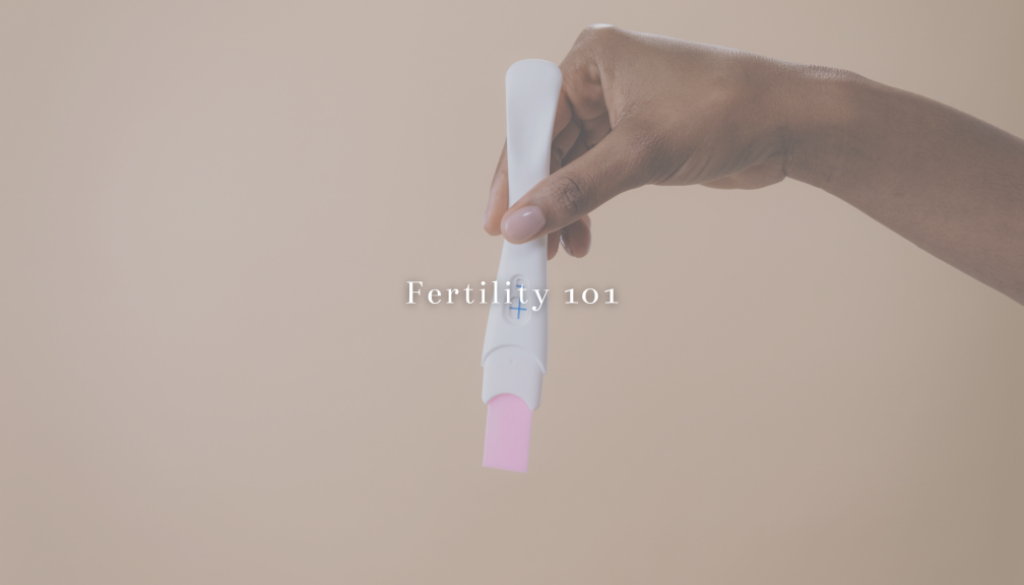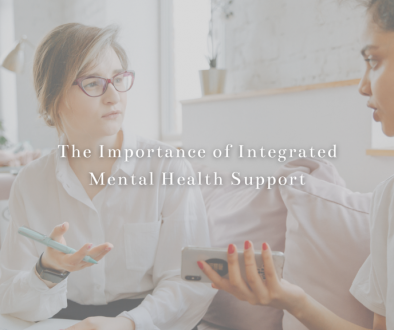It’s a whispered conversation behind closed doors and tears stinging your eyes. It’s an invisible fact that you feel you can’t possibly tell anyone. It’s feeling alone, scared, and under informed of what’s next. It’s the fear of the unknown.
Infertility affects everyone in different ways. It does not discriminate based on being born biologically male or female. It can affect you whether you’ve just turned twenty years old or you’re “over the hill” at forty.
What is infertility?
Infertility is the result of a disease (an interruption, cessation, or disorder of body functions, systems, or organs) of the male or female reproductive tract which prevents the conception of a child or the ability to carry a pregnancy to delivery after one year of unprotected sex. It affects roughly 1 in 8 couples in the United States. Every couple’s infertility experience is different. Depending on how long you’ve been trying to conceive, it may be time to see a fertility specialist.
When should I see my doctor?
The general rule of thumb is as follows: if you are younger than thirty-five, you need to wait until you’ve been having unprotected sex for one year. If you are over thirty-five, the rule is six months. However, if you’re experiencing additional symptoms like irregular or infrequent periods, recurrent miscarriages, or experience painful sex, you may want to see your doctor sooner.
Your first visit will likely be with your gynecologist or primary care provider. They will perform a medical exam and may order additional tests before referring you to a reproductive endocrinologist (RE). The exam may include a breast and pelvic exam, a pap smear, a thyroid exam, ultrasound, or laboratory tests.
What is a reproductive endocrinologist?
Reproductive endocrinologists (RE) complete a specialized fellowship in reproductive endocrinology and infertility (REI) after getting their OB/GYN certification through the American Board of Obstetrics and Gynecology (ABOG). These highly specialized providers are the leading experts for infertility diagnosis and treatment.
Some insurance plans require a referral from your gynecologist or primary care provider prior to seeing an RE.
What are fertility tests?
Fertility tests can sometimes be time-intensive and costly, but the results are invaluable. Fertility tests for women can include:
Hormone Tests
Blood tests done at different times throughout your menstrual cycle will measure hormone levels in your blood. These hormones include follicle-stimulating hormone (FSH), anti-Müllerian hormone (AMH), estradiol (E2), Luteinizing hormone (LH), Thyroid-stimulating hormone (TSH), and others.
Ultrasounds
An initial transvaginal ultrasound will check for structural abnormalities such as fibroids in the uterus and ovaries. Your RE may order additional, frequent transvaginal ultrasounds in order to observe follicular growth.
Hysterosalpingography (HSG)
A hysterosalpingography (HSG) is an x-ray exam of the uterus and fallopian tubes using contrast material. The exam is used to see if the fallopian tubes are open and if the inside of the uterus is normal. It is an outpatient procedure that takes about five minutes. If your tubes have blockage, your RE may recommend a laparoscopy.
Laparoscopy
Through a small incision made in your abdomen, a laparoscope with an attached camera is inserted. The camera can be used to view the pelvic reproductive organs. A uterine manipulator may also be inserted through the vagina and cervix and into the uterus, which can be used to move the pelvic organs into view.
What medical conditions can cause infertility?
There are a variety of medical conditions such as ovulation disorders, uterine abnormalities, tubal obstructions, and cervical factors that can have an affect on your fertility. Factors like age, lifestyle, and environment can also play a role. Common medical conditions include:
Ovulation disorders or hormone imbalances
Hormones play a critical role in fertility, and so any imbalances (the absence or irregular quantity) can delay or prevent you from getting pregnant. Hormone tests are critical in getting to diagnosis of anovulation, polycystic ovary syndrome (PCOS) and hyperprolactinemia.
Endometriosis
Symptoms of endometriosis include pain with periods, sex, or bowel movements in addition to exessive bleeding. When endometriosis occurs, a tissue that is similar to the tissue that normally lines the inside of your uterus grows outside of your uterus.
Diminished ovarian reserve (DOR)
Your ovarian reserve refers to the quality and quantity of your eggs. Diminished ovarian reserve (DOR) is the loss of normal reproductive potential in the ovaries due to a lower count or quality of the remaining eggs. While aging is the primary cause of DOR, it can be caused by other things such as genetic defects, aggressive medical treatments (radiation for cancer), some surgeries and injury.
FSH and AMH tests combined with a transvaginal ultrasound evaluate egg quantity and quality with high certainty.
Uterine fibroids, polyps and abnormalities
Uterine fibroids and polyps are noncancerous tumors that develop in the uterus. They can alter the shape of the uterus as well as the ability of the endometrium (the lining of the uterus) to receive an embryo (a fertilized egg) for implantation.
Abnormalities in the size and shape of the uterus also have an impact on fertility. You may be born with it (congenital) or it may develop over time (acquired). Congenital abnormalities generally have no symptoms.
Unexplained infertility
While all infertility diagnoses are troublesome, unexplained infertility may cause a disproportionate amount of grief. After being poked and prodded, your RE may return back to you with a diagnosis of unexplained infertility. Even after a complete fertility workup, up to 30% of couples who are unable to conceive are determined to have unexplained infertility. The important piece to remember with this diagnosis is that it is not the end of the road. There are many potential treatment options that may still be effective and available for you and your partner.
How much do fertility treatments cost?
Just like your infertility diagnosis and symptoms, the cost of fertility treatments varies greatly from person to person. The latest data from FertilityIQ reveals IVF as the most expensive treatment option. Most IVF patients undergo two cycles, which means costs between $40,000 to $60,000.
There are multiple options for lowering your costs. First and foremost, set up a free call with our Care Coordinators who specialize in fertility and working with your insurance to guide you through every step of your journey at the best possible price. There are also many grants available which can help cover the cost of fertility treatments.
Her Serenity is here for you
No matter where you are in the journey with fertility and having children, it can be a heightened time of anxiety, information overload, and lack of resources to quality, vetted providers. At Her Serenity, we are committed to removing the friction in fertility. Our team of fertility experts break boundaries with innovation, collaboration, and award-winning technique.
What is Her Serenity?
The medical community today is very fragmented: you see a general practitioner for an annual physical, a gynecologist for sexual health, a reproductive endocrinologist for fertility… but who brings it all together and decodes it for you? Her Serenity combines a carefully curated network of medical professionals, a Personal Care Coordinator (completely dedicated to you and your journey, every step of the way), and a community of women. We are driven with love to help manage your wellness, fertility, and family planning.

